Ertach Kernow - Tracing Daniel Defoe’s Cornish footsteps
This week Ertach Kernow looks at another early tourist to Cornwall. Following on from earlier travellers John Leland and John Norden, mentioned in previous articles, was the well-known 18th century writer Daniel Defoe. He is best remembered for his novel Robinson Crusoe first published in 1719 and never being out of print. Defoe's novel ran to over 700 editions, spawning numerous television and film adaptations. What Defoe is less known for is his numerous and varied lifetime activities including as a merchant, secret agent, political pamphleteer, journalist, traveller and author of over 300 works. It is argued that Defoe can be seen as one of, if not the first, English novelists and journalist.
Defoe’s lesser known, but immensely important work “A Tour Thro’ the Whole Island of Great Britain Divided into Circuits or Journies”, including his visit to Cornwall, was published between 1724 and 1727. His various travels took place earlier than this whilst he was working as an agent for Robert Harley on government business. Born in 1660 as Daniel Foe he changed his name to Defoe and as a non-conformist did not follow many norms of the day. His life and experiences were quite extraordinary, witnessing and being involved in and with some of the great events and people of the day.
It is interesting to compare the views of different travellers from earlier times spaced say between Defoe and Norden who visited Cornwall over 100 years previously. This article covers the first part of his tour of Cornwall. Defoe entered Cornwall via the River Tamar to Saltash and to say he was unimpressed is an understatement. “From Plymouth we pass the Tamar over a ferry to Saltash--a little, poor, shattered town, the first we set foot on in the county of Cornwall. The Tamar here is very wide, and the ferry-boats bad; so that I thought myself well escaped when I got safe on shore in Cornwall.”
However, he did say that although there was dereliction amongst the buildings there was hope for Saltash as it had many advantages and was preferred to Plymouth in many ways for trading purposes. “This, I say, is like to be a very great advantage to the town of Saltash, and may in time put a new face of wealth upon the place.”
However, he did say that although there was dereliction amongst the buildings there was hope for Saltash as it had many advantages and was preferred to Plymouth in many ways for trading purposes. “This, I say, is like to be a very great advantage to the town of Saltash, and may in time put a new face of wealth upon the place.”
Travelling some seven miles to Liskeard Defoe is much more impressed. He said, “This is a considerable town, well built; has people of fashion in it, and a very great market; it also sends two members to Parliament, and is one of the five towns called Stannary Towns--that is to say, where the blocks of tin are brought to the coinage; of which, by itself, this coinage of tin is an article very much to the advantage of the towns where it is settled, though the money paid goes another way.”
Markets were an important part of a towns economy during this and earlier periods so was of interest to a traveller and Defoe comments; “This town is also remarkable for a very great trade in all manufactures of leather, such as boots, shoes, gloves, purses, breaches, etc.; and some spinning of late years is set up here, encouraged by the woollen manufacturers of Devonshire.”
His account of St Germans is of significance as it shows that this once important settlement had declined. “St. Germans, now a village, decayed, and without any market, but the largest parish in the whole county--in the bounds of which is contained, as they report, seventeen villages, and the town of Saltash among them; for Saltash has no parish church, it seems, of itself, but as a chapel- of-ease to St. Germans.”
Defoe also comments on the local gentry of Cornwall, which may have perhaps led to certain misinterpretations and unfavourable comments about the Cornish people down to the present day. “Add to this that they are the most sociable, generous, and to one another the kindest, neighbours that are to be found; and as they generally live, as we may say, together (for they are almost always at one another's houses), so they generally intermarry among themselves, the gentlemen seldom going out of the county for a wife, or the ladies for a husband; from whence they say that proverb upon them was raised, viz., That all the Cornish gentlemen are cousins.”
From here Defoe travelled to Fowey and notes the number of tin mines within this area and the economic importance of these for towns such as Liskeard and Fowey, along with the Rivers Camel and Fowey. He tells his readers of the importance of Fowey in the past “On this south side we came to Foy or Fowey, an ancient town, and formerly very large--nay, not large only, but powerful and potent; for the Foyens, as they were then called, were able to fit out large fleets, not only for merchants' ships, but even of men-of- war; and with these not only fought with, but several times vanquished and routed, the squadron of the Cinque Ports men, who in those days were thought very powerful.”
The importance of towns such as Fowey from a defensive point of view was noted by King Edward IV who build two blockhouses with a chain crossing the estuary entrance, to prevent ships accessing Fowey following the attack in 1457. John Leland remarked during his travels in 1542 “at the entry of the haven on the west syd is a blokke howse and a chapel of S. Catarine be the same. Also ther is on the same syd a towre with ordenans for defens of the haven.”
Later improvements in artillery would make the towers obsolete. They were superseded by St Catherine's Castle, built by Henry VIII in the 1530s, along with the later more advanced castles at Pendennis and St Mawes, built in the 1540’s. that protect Carrick Roads.
Regarding this Defoe wrote; “Edward IV. favoured them much; and because the French threatened them to come up their river with a powerful navy to burn their town, he caused two forts to be built at the public charge for security of the town and river, which forts--at least, some show of them--remain there still.”
However, there were harsh reprisals for Fowey by King Edward when they broke a truce as Defoe tells readers. “But the same King Edward was some time after so disgusted at the townsmen for officiously falling upon the French, after a truce was made and proclaimed, that he effectually disarmed them, took away their whole fleet, ships, tackle, apparel, and furniture; and since that time we do not read of any of their naval exploits, nor that they ever recovered or attempted to recover their strength at sea.”
Defoe had many positive things to say about Fowey as a town and its economy. “However, Foy at this time is a very fair town; it lies extended on the east side of the river for above a mile, the buildings fair. And there are a great many flourishing merchants in it, who have a great share in the fishing trade, especially for pilchards, of which they take a great quantity hereabouts. In this town is also a coinage for the tin, of which a great quantity is dug up in the country north and west of the town.”
The second part of Daniel Defoe’s journey around Cornwall will follow in due course and we’ll see what he makes of other parts of Cornwall 300 years ago.
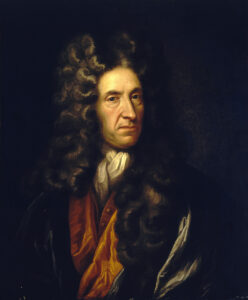
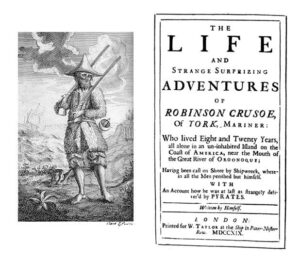
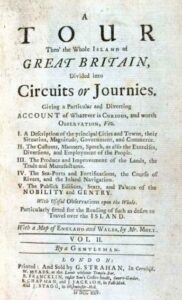
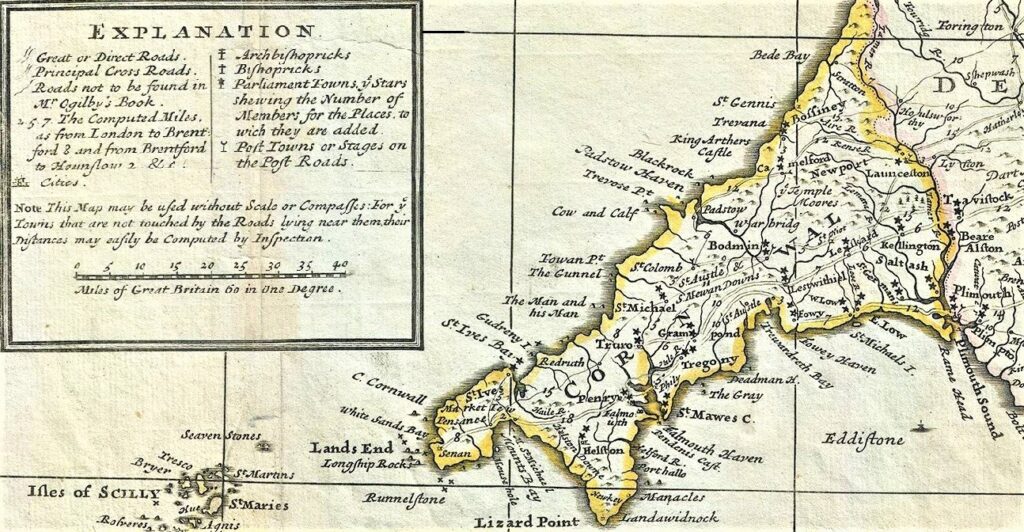
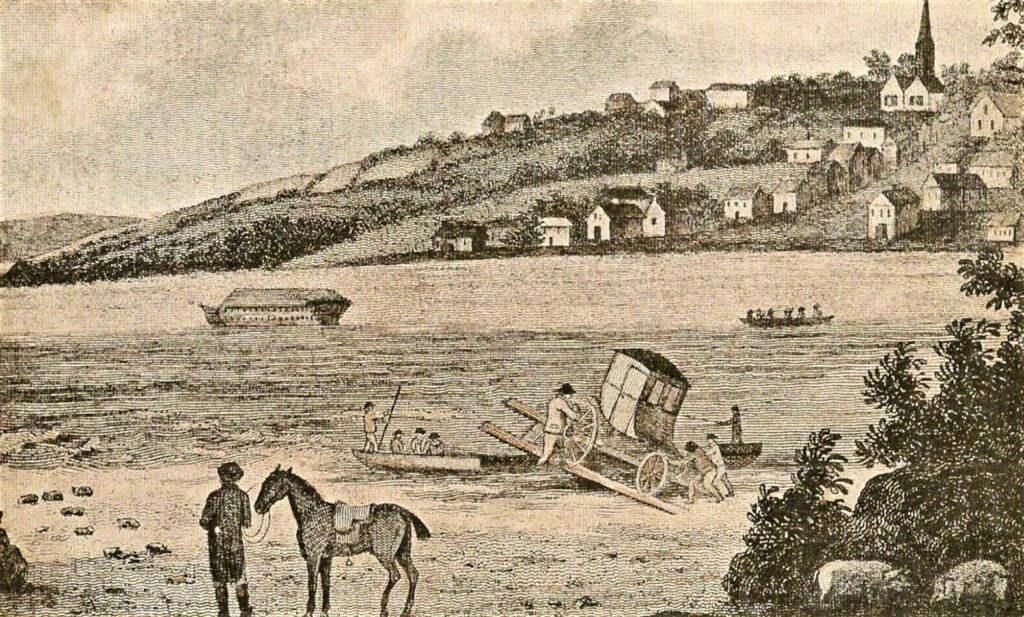
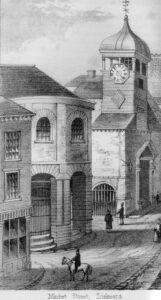
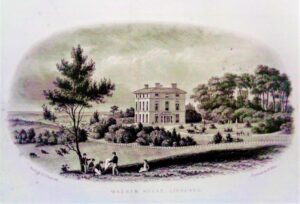
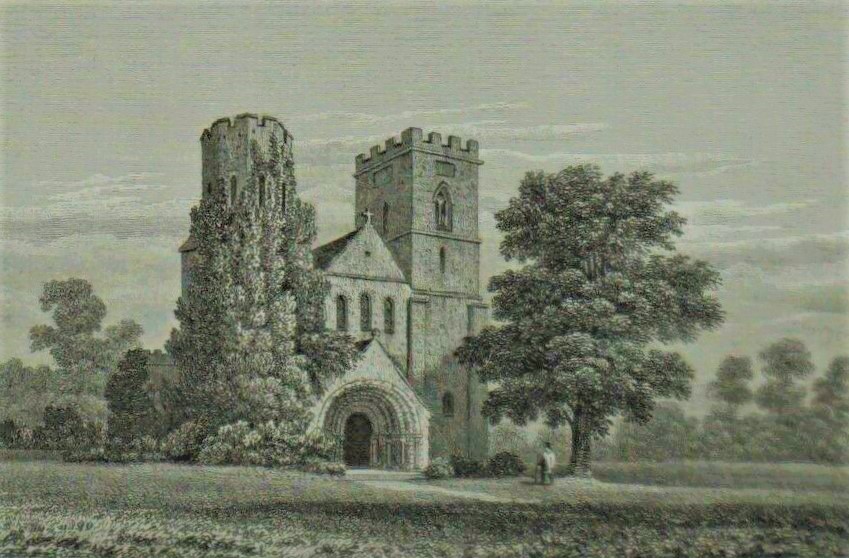
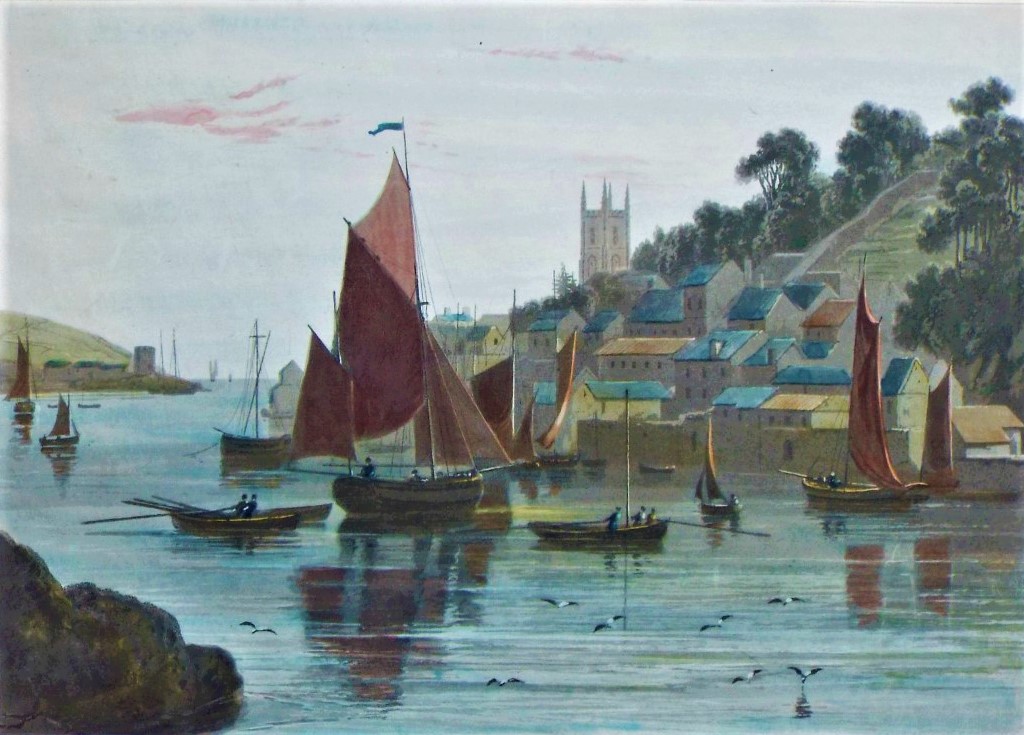
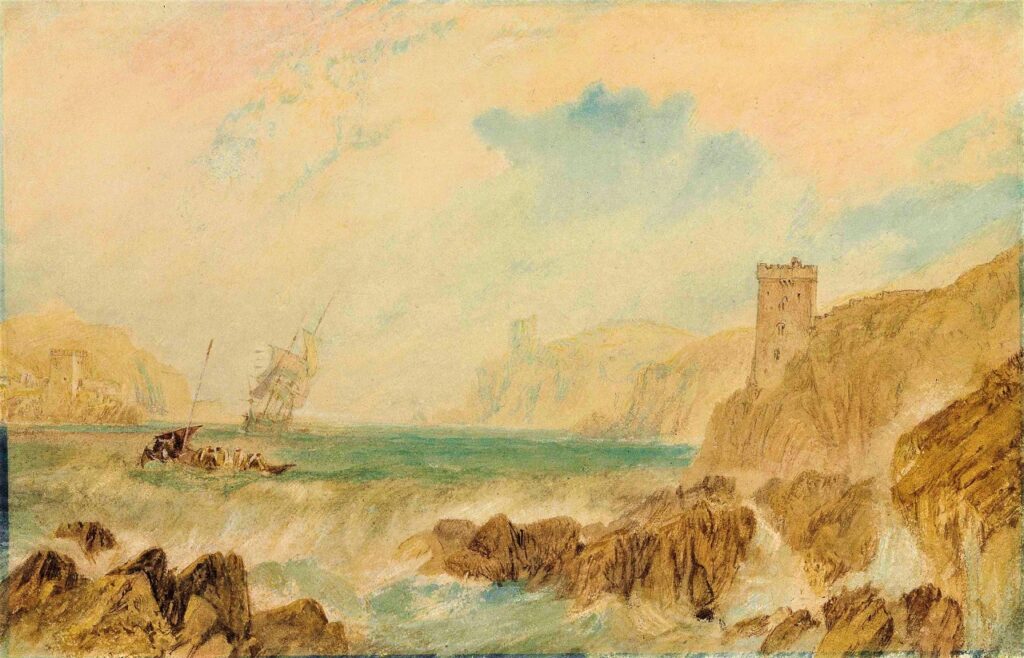
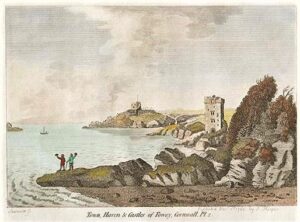
![[40] Voice - Ertach Kernow-310321A - In the footsteps of Defoe [S] Ertach Kernow - In the footsteps of Defoe](https://www.cornwallheritage.com/wp-content/uploads/2021/04/40-Voice-Ertach-Kernow-310321A-In-the-footsteps-of-Defoe-S-233x300.jpg)
![[40] Voice - Ertach Kernow-310321B - In the footsteps of Defoe [S] Ertach Kernow - In the footsteps of Defoe](https://www.cornwallheritage.com/wp-content/uploads/2021/04/40-Voice-Ertach-Kernow-310321B-In-the-footsteps-of-Defoe-S-233x300.jpg)